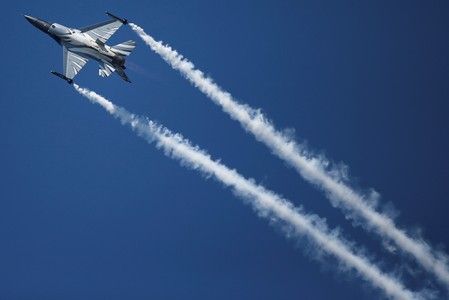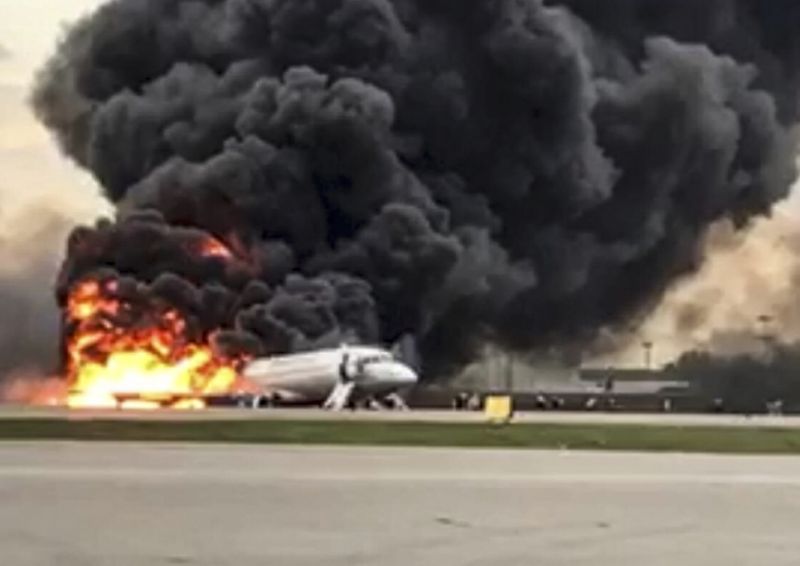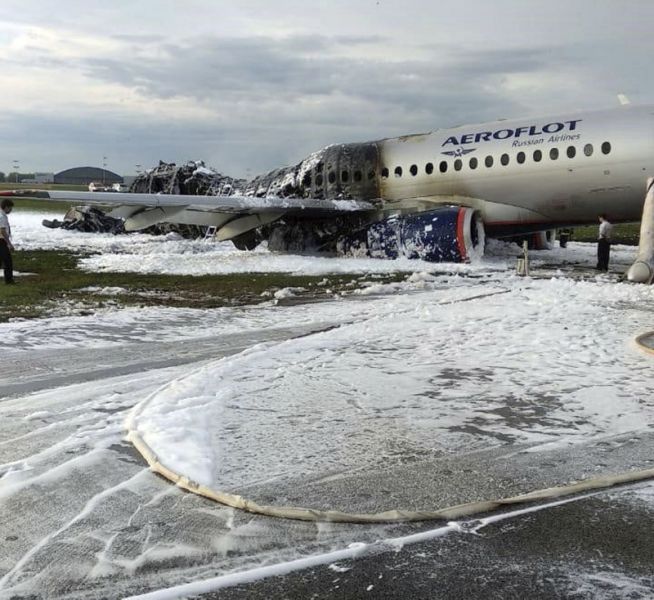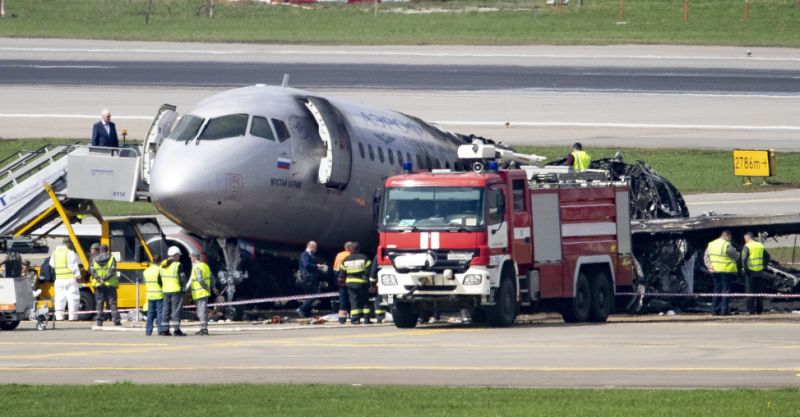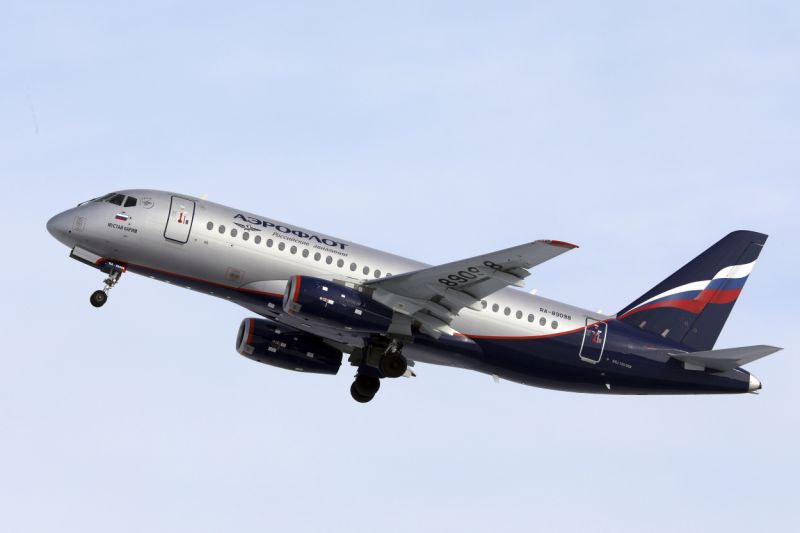NEW STATE-OF-THE-ART AIRCRAFT AND 3 NEW ROUTES LAND IN BUDAPEST
WizzAir,the largest airline in Central and Eastern Europe and Europe’s greenest* airline has today announced the arrival another state-of-the-art Airbus A321neo aircraft at its base in Budapest in June 2020 and the launch of three new routes to European cities from the Hungarian capital. Tickets for the new routes are already on sale and can be booked from only HUF 6,490, and 7,990**, respectively, on wizzair.com and the airline’s mobile app.
New daily service to Brussels, four destinations in Ukraine
Brussels Charleroi has been a part of Wizz Air’s network since 2004. From next summer, the airline will also operate a daily service to Brussels Airport, the Belgian’s capital main airport – the airline’s 151 destination –, creating a more direct link with the centre of the European Union for business travellers and diplomats. With its picturesque main square and delightful brasseries, Brussels is an attractive destination for tourists as well.
Hungary’s hometown airline is also expanding towards the East with two flights per week to Lviv, Western Ukraine’s central city, and Kharkiv, the second largest city in the country. As Kyiv has been accessible from Budapest since 2011 and flights to Odessa will launch this October, today’s announcement means that Budapest will be linked by direct flights to all four Wizz Air destinations within Ukraine.
Lviv is one of Ukraine’s most scenic historic towns, with its downtown featured in the UNESCO World Heritage List. The town was one of the multicultural centres of the Austro-Hungarian Monarchy under the name Lemberg and has preserved its Central European atmosphere to this day. Today, Lviv is one of the centres of Ukrainian culture with lots of theatres, museums and festivals awaiting visitors. Kharkiv is an interesting destination for admirers of Ukrainian gastronomy and Soviet-style architecture with its magnificent metro stations and the country’s first skyscraper.
16 aircraft in Hungary
With the arrival of the newest A321neo, Wizz Air’s Hungarian fleet expands to 14 aircraft allocated in Budapest, with a further 2 aircraft based in Debrecen. This means the airline’s operations support over 4,000*** indirect local jobs in the country. Apart from the new destinations, Wizz Air will increase its frequency on four of its existing routes to Eindhoven, St. Petersburg, Tel-Aviv and Edinburgh (to be launched this December). With this expansion of capacity, Wizz Air will increase its Hungarian seat capacity to 6.7 million passengers in 2020.
Wizz Air is the “greenest” airline
The new routes will be served by the state-of-the-art Airbus A321neo aircraft of the Budapest base. The airline operates one of the youngest fleets in Europe, with the average age of 4.7 years. As a result, Wizz Air was the airline with the smallest environmental footprint in Europeonce again in August 2019, with only 57.7 grams CO emissions per passenger per kilometre. The company currently has a total of 271 Airbus A321neo, Airbus A321neo and Airbus A321XLR aircraft on order. With the new aircraft, the airline will continue to drive efficiency parallel to further decreasing its environmental footprint by 1/3 for over the next decade. The Airbus A321neo, six of which are already in operation at WIZZ’s Budapest base, incorporates the latest technologies in aviation. It offers a 50 percent reduction in noise footprint, a 20 percent reduction in fuel consumption, while also reducing nitrogen oxide emissions by up to 50 percent.
Stephen Jones, Wizz Air Hungary’s managing director said: “Hungary’s hometown airline, Wizz Air remains strongly committed to its country of origin. We are continuously expanding and modernizing our fleet and network in Budapest to provide affordable and high quality travel opportunities to more and more Hungarian passengers. Adding a new, state-of-the-art aircraft to our Budapest fleet and launching three new routes underpins our dedication to Budapest and Hungary and creates more local jobs with the airline and in associated industries, as well as stimulates the local tourism and hospitality industries. The WIZZ team looks forward to welcoming customers old and new on-board our ultra-efficient fleet of Airbus aircraft very soon. And for those looking to turn their passion for travel into a career, we’d be delighted to see you at one of our Wizz Air cabin crew recruitment days, where you can find out more about joining the WIZZ team.”

